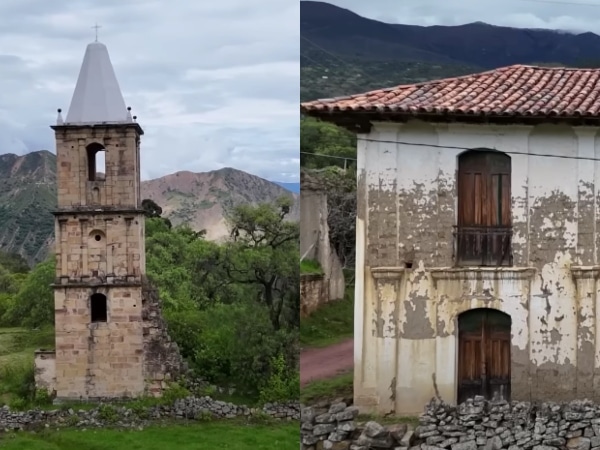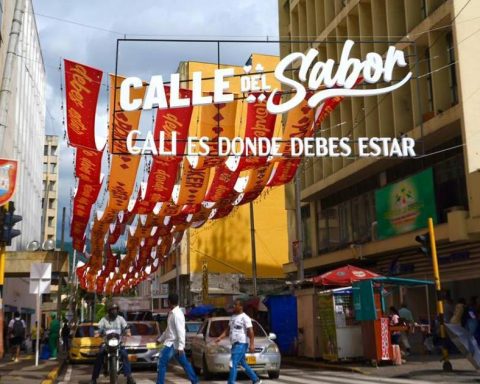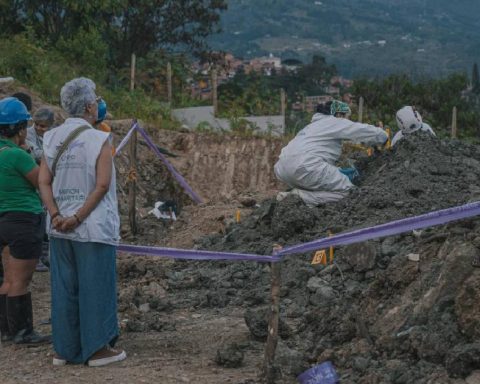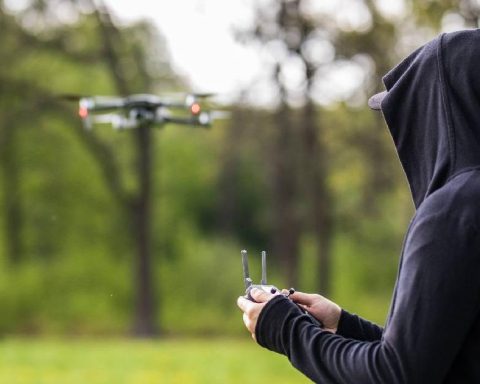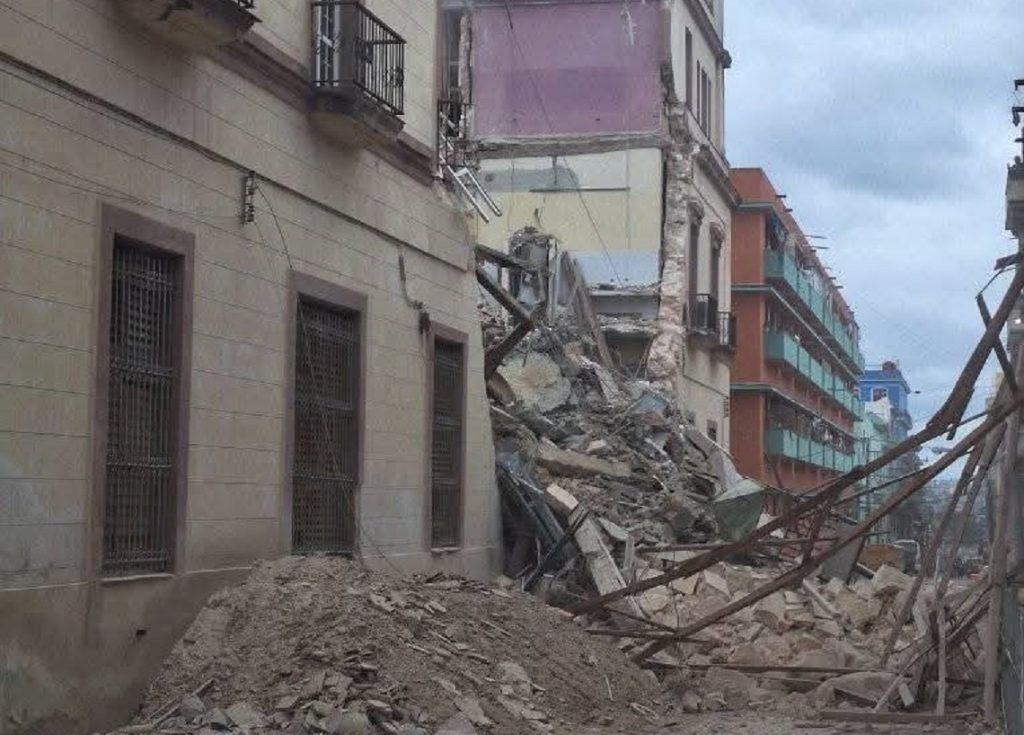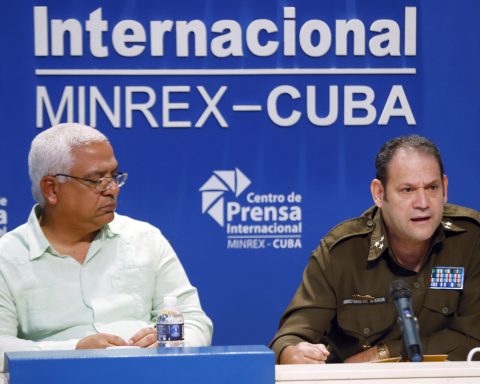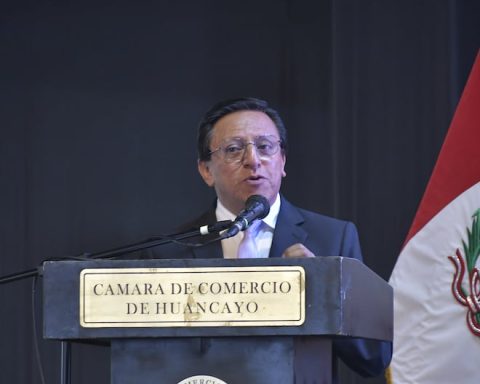Some buildings, such as houses and part of the church tower, still remain standing.
News Colombia.
In the vicinity of the majestic Chicamocha Canyon, lie the vestiges of a once prosperous town. This is the case of Sativa Olda place whose tragic destiny was marked by a natural disaster that occurred on November 18, 1933.
Also read:
Sativa, as it was originally known, was one of the most prosperous municipalities in the north of Boyacá. Its historical relevance is reflected in the fact that Simon Bolivar He passed through this town on six occasions, and even stayed there for a few days, since it was an obligatory passage between Tunja and what is now the department of Santander.
According to history, the tragedy that wiped Sativa off the map was unleashed when it rained for 15 consecutive dayswhich caused a series of avalanches and cracks in the mountains surrounding the town. Heavy rain caused structures to collapse, forcing residents to evacuate. However, some versions suggest that it was not an avalanche, but rather a landslide that devastated the town.



At dawn on November 19, 1933, the Sativa urban area It was already completely in ruins.
The inhabitants had to populate another area called Sativanorte
Today, the Sativa territory It is divided into three areas: Sativanortethe municipality that was rebuilt after the disaster; Sativa Oldwhere the original ruins of the town are located; and Sativasur.
Of what was once a prosperous municipality, only a few ruined houses remain that stood the test of time, in addition to the church towerbuilt by the Spanish and which remains partially standing.
Despite relocation efforts, some people refused to leave. According to the content creator Kevin Bolañoswho visited the area, some inhabited houses can still be found among the ruins.
You can also read:
